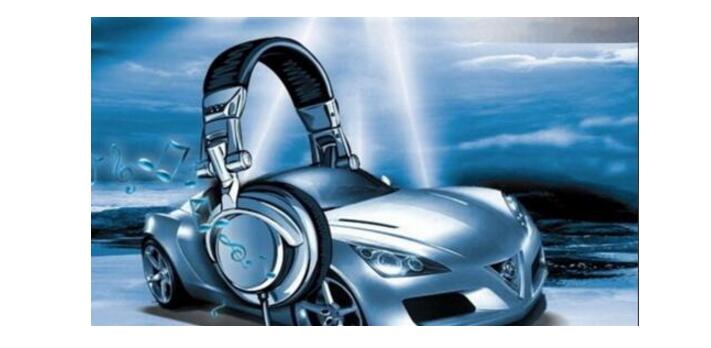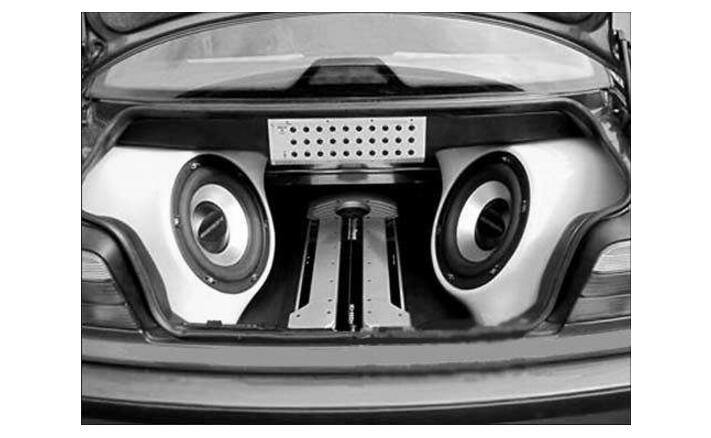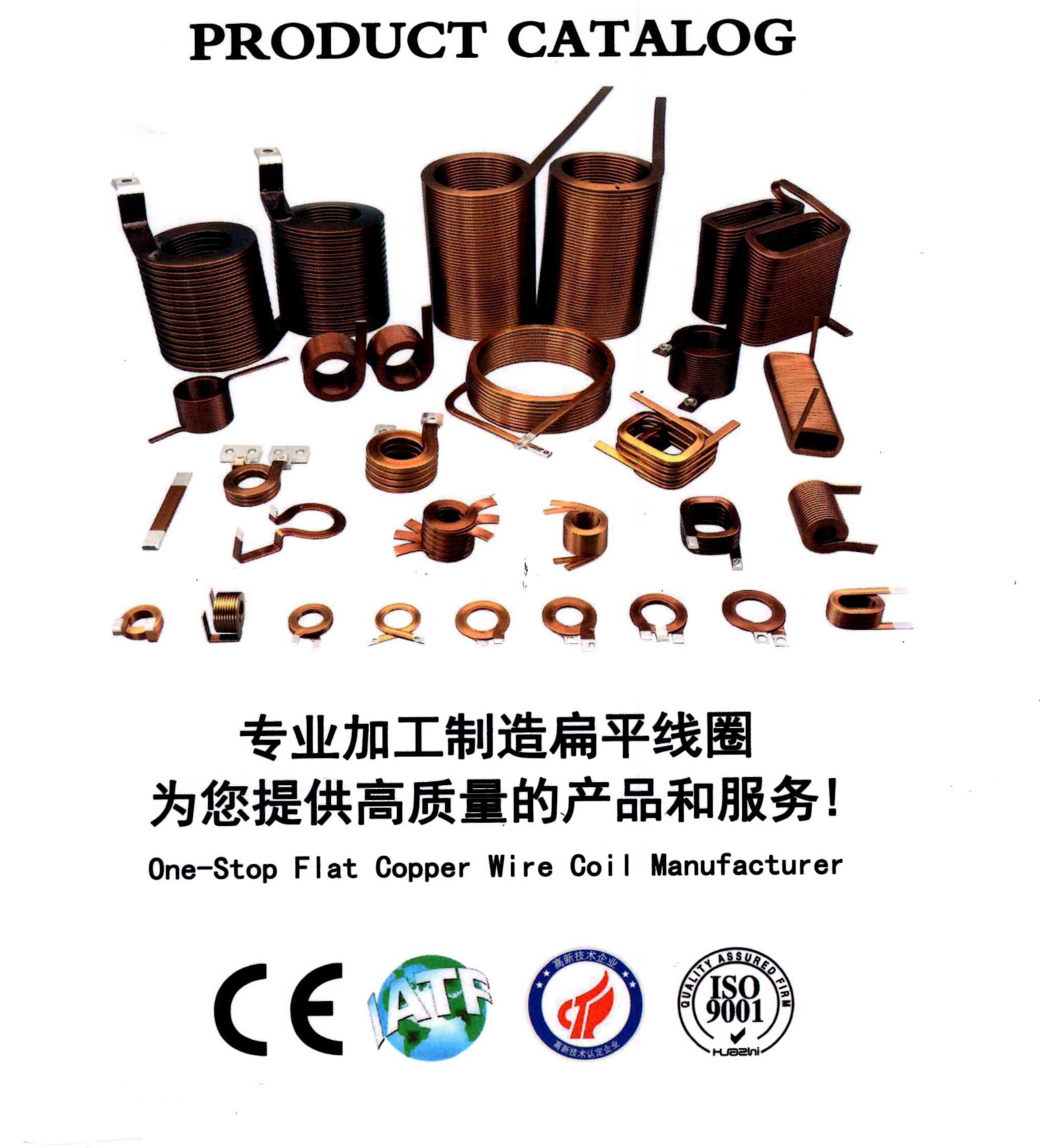1. Antenna
An antenna is used to receive radio waves transmitted from a broadcasting station and transmitted to a radio frequency modulation device through a high-frequency cable.
2, receiving device
The receiving device is a radio tuner device that selectively receives high-frequency electromagnetic waves emitted from a radio station and demodulates it into an audio electrical signal.
3, tape player
The tape player is used to play tape recorded music signals.
4, CD player
The CD player plays music signals recorded on the optical disc.
5, equalizer (balanced volume controller)
The equalizer is used to adjust the characteristics of the sound (music) signal to suit the car listening environment.
6, power amplifier (speaker amplifier)
Power amplifiers are used to amplify weak audio signals to sufficient power to push the speakers.
7, speaker
Loudspeakers are an important component that ultimately determines the acoustic performance in the car.
The size of the speaker's aperture, the method of installation on the car, and the location are important factors in determining the sound performance. To enjoy the stereo sound, at least two speakers must be installed on the car.

The sound source (mainframe) must first determine the use of a 1DIN or 2DIN size head according to the position given by the car center console; second is the choice of function. If you want to use the pre-signal output, that is RCA signal output, you should consider the number of output groups, here we introduce:
(1) One set of RCA outputs: The next stage (power amplifier) ​​is only 2-way RCA input, that is, only the left and right channels are separated.
(2) Two sets of RCA outputs: The next stage (power amplifier) ​​can be four RCA inputs, namely front left, front right, rear left, and rear right four channels.
(3) 3 sets of RCA outputs: The next stage (power amplifier) ​​is a four-channel RCA input, plus two more bass outputs.
If the owner requires a higher level, an electronic crossover may be recommended. Should pay attention to the audio input and processed signal, the output to the power amplifier connection group should correspond. For example, the front left corresponds to the front left, and the front right corresponds to the front right. If the rear stage power amplifier has only one RCA input, multiple power amplifiers should be used in conjunction with the electronic crossover.
Power amplifier and speaker configurationThe matching of power amplifiers and loudspeakers is very important. Only by matching the impedance, power, and operating frequency bands can they ensure the safe operation of the equipment and fully exploit the maximum potential.
Impedance: Impedance is a general term for pure resistance, capacitive reactance, and inductive reactance. It represents the resistance of the circuit part to the alternating current signal flow, in Ω.
Power: Power refers to the electrical energy that is output or received in a unit of time. The unit is W.
Frequency: The frequency here refers to the sound frequency, which is the number of waves propagating in a unit time on the acoustic line. Its unit is Hz. The acoustic frequency is numerically equal to the frequency of the sound's source.
1. Power amplifier and speaker impedance matching
If the impedance of the power amplifier is 2Ω per channel, the impedance of the relevant loudspeaker should also be 2Ω; if a 4Ω loudspeaker is used, the power will not be fully used and the power will be halved; if it is a 1Ω loudspeaker, it will cause the power amplifier Heated and finally burned.
2. Power matching
There are two kinds of output power of the amplifier, namely maximum output power and continuous output power. The maximum output power is the maximum power that the power amplification can reach in an instant. The continuous output power is the actual power of the power amplifier. The value of this power reflects the true working state of the power amplifier.
The matching of the power amplifier and the speaker should be that the power amplifier's continuous output power is slightly greater than the speaker's power (big 25% best). Many people believe that the speaker was burned because the power of the speaker was less than the power of the amplifier, and the speaker could not withstand it and was burned. There are, but few, in fact, most of the situations are contrary to our imagination. If the power amplifier's continuous output power is 200W, and the speaker's power is 300W, when the tuning is tuned to the power amplifier's full load of 200W, and the speaker has 100W of headroom; if you do not know the power amplifier has reached the limit, continue to increase The volume, at this time the output power exceeds the power amplifier's continuous output power value, it produces distortion. The distorted signal is a DC-like electrical signal, and the speaker is most afraid of DC. The DC electrical signal can easily burn the speaker's voice coil. This kind of distortion is called "clipping distortion." So it is the best choice to ensure that the power amplifier's continuous output power is slightly larger than the speaker's power. The power amplifier is about 25% larger than the speaker power. If the conditions are limited, only low-power amplifiers with high-powered speakers should pay attention to control the volume to prevent clipping distortion. The thing to remember is that burning speakers is caused by distortion, not loudness.
What needs to be added here is: The loudspeaker is driven by alternating current and it is forbidden to use direct current. Usually we use a small battery to test the speakers. Can only be touched to test, can not be a long time electric shock. Using a small battery to test is not a formal practice, but it is more commonly used in practice.
3. Frequency matching
In a power amplifier, a full-band power amplifier is often used, and a bass-only power amplifier is not used much. A bass-only power amplifier can only be used for bass, and it cannot be used to push midrange and tweeters because its output signal frequency is below 250Hz, and the mid-high pitch cannot reproduce such low frequencies.
Full-band power amplifiers have the choice of low-band, mid-highband, and full-band: high-frequency signals pass through HL (high-pass), full-band signals pass through OFF (all-pass), and low-band signals pass through LP (low-pass).
Bass-specific power amplifiers are only used under conditions.

The car audio system is basically the same as the home audio system, and is composed of a CD deck for playing a CD source, a power amplifier for amplifying a music signal containing a program source, and a speaker as a sound outlet.
Most of the power amplifiers built into the host have very low output power. If you want a better sound quality or drive more powerful speakers, installing one or more power amplifiers is essential.
Increasing the number of speakers is also a consideration. Using only one speaker on the left and right, the dynamic range is narrow, and it is difficult to broadcast home audio.
(2) Principle of system balance1, the price of balance
2, with the balance
3, the principle of high power output
4, the principle of natural sound reproduction
A perfect sound system will bring you both enjoyment of hearing and vision.
(3) Configuration1 host + 4 speaker; 2 host + power amplifier + 4 speaker; 3 host + power amplifier + 4 speaker + subwoofer
There is an electronic crossover and equalizer between the host and the power amplifier.
The main device that embodies the music style is the speaker, and compared with the first selected host, the selected speaker is more flexible after matching the power amplifier and the like. So the first step is to choose the speaker that suits you, and the first step in matching is the problem between the speaker and the input device.
Speakers and input devices
The input device that can be matched with the speaker has a power amplifier and a host. The nameplate of the general host only shows the maximum power of the product, but the actual work can only provide about 50% of this figure. Many times it is wrong to look at the nameplate to conclude that it is possible to drive the speaker. If a power amplifier is used to drive the speaker, it is better to choose a product with an effective output power of more than 50 W, because the general speaker's rated power is between 40 and 50 W.
Host and car
The match between the host and the car must first pay attention to whether the battery can provide sufficient and stable electric energy. If the battery encounters a situation such as “turning on the headlightâ€, the current will fluctuate greatly, which will affect the service life of the host. Secondly, when purchasing a host computer, we must try our best to make the panel style and lighting equivalent to the interior of the vehicle to be harmonized and consistent. To install the CD host again, it is best to re-examine the line of the vehicle. If it is not able to withstand excessive current, it is better to re-wiring.
Amplifiers and Hosts
The most common problem of the car audio system is between the amplifier and the host. The first is the signal output problem. Not all mainframes can be externally connected to the amplifier. To connect an external amplifier, the mainframe must have at least one set of front output. The host will have more than 3 groups. Followed by the host's output signal voltage to 2V or more, high-fidelity host can reach 4V or more, so as to ensure that the amplifier has a good "raw material" for processing. Since the energy source of the amplifier is independent of the host, there is generally no problem with the power configuration between the host and the amplifier.
(4) Patching of speaker system and power amplifier1 power matching
Power matching means that the speaker's rated power matches the power amplifier's rated output power. The speaker's rated power is too small, it is easy to make the speaker burn out, the speaker's rated power is too large, it will cause light and non-linear distortion due to insufficient signal excitation. In general, the rated power of the speaker is about 1/4 smaller than the rated power of the amplifier.
2 impedance matching
Impedance matching means that the speaker impedance matches the amplifier's rated load impedance. If the speaker impedance is less than the amplifier's rated load impedance, it is easy to overload the amplifier and cause signal transient distortion. If the speaker impedance is greater than the amplifier's rated load impedance, the amplifier cannot easily push the speaker to sound at large signals.
3 tone matching
There is also a problem of timbre matching in the matching of amplifiers and speakers. There are two ways to match: one is to select the amplifier with the same timbre performance and the speaker to match, so that the sound and tone each other, the flavor is more concentrated; the other is to use different timbres amplifiers and speakers, so that different sounds merge with each other, make up for each other For better sound quality.
4 frequency matching
When matching each channel speaker, in addition to considering impedance, power, timbre and power amplifier matching, it should also pay attention to the frequency range of each channel speaker as much as possible with the power amplifier corresponding to the corresponding channel frequency range in order to achieve a good frequency Ring match.
In practical applications, the most important thing is to pay attention to power matching and impedance matching.
Litz Wire Typical applications are: high frequency inductor, transformer, frequency converter, fuel cell, the horse, communication and IT equipment, ultrasound equipment, sonar equipment, televisions, radios, induction heating, etc.In 1911, New England became the first commercial manufacturer in the United States to produce the Leeds line.Since then, New England has remained the world leader in providing high-performance Leeds line products and solutions to customers around the world.It is also transliterated as the "litz line".

Litz Wire,Copper Litz Wire,Copper Transformer Litz Wire,High Temperature Litz Wire
YANGZHOU POSITIONING TECH CO., LTD. , https://www.yzpst.com
